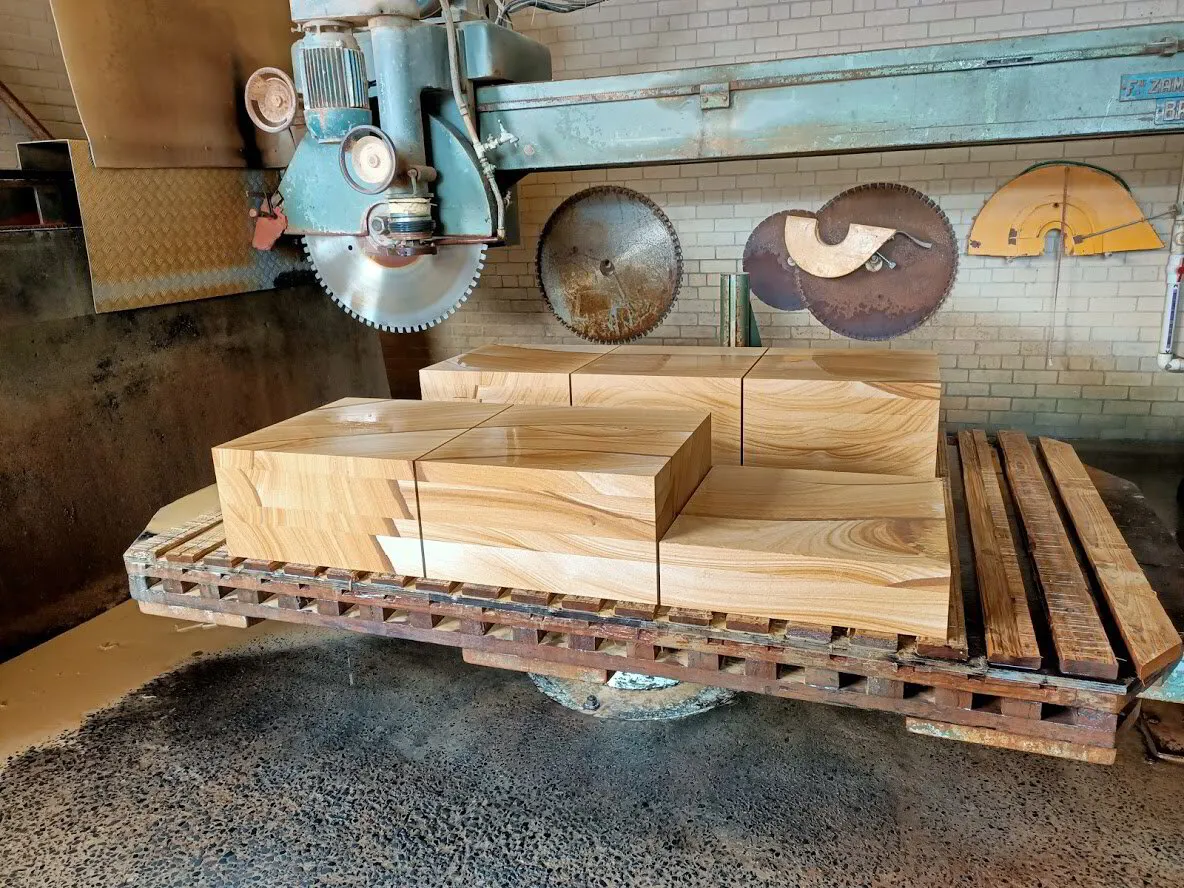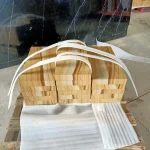Many Australian homes prefer using sandstone, a beautiful, rugged natural stone. Sandstone slabs or pavers evoke organic landscapes and foster a feeling of being one with nature. As with any raw material, there are some precautions you need to take when installing it in any part of your house. Here are some tips to help you install this material.
Clean your sandstone
Thoroughly clean the stone you will use to remove dirt or marks. Ensure that the materials do not have excess dust or dirt before you install them. It is best to use pH-neutral products for cleaning; that way, you don’t damage the surface of the stone.
Allow the tiles to dry completely before sealing, to prevent moisture from leaking into the stone. Do this away from the sun as well; direct heat could cause warping, which has consequences on the installation process.
Seal the material thoroughly
Sandstone is naturally porous, which means it could easily stain. Even grout can change the colour of this material, so mitigate this risk by sealing the sandstone before installing. Use a penetrative sealer—these types create resin bonds that make it impossible for water to enter the stone. A roller or sponge will help you work the sealer into the material.
Don’t take too long with adhesives
Sandstone blocks warp considerably because of their mineral make-up. It is vital to protect this material using sealers, but take note of the type of adhesive you will use as well. Typical adhesives set slowly, which could be counterproductive for porous items like sandstone. Use a rapid-set adhesive for this material to prevent moisture uptake. Remember to work carefully with adhesives since they’ll be hard to remove if you set them on the stone by accident.
Choose grout that matches your material
Avoid unattractive picture framing or tram lining by choosing grout that is a similar colour to your sandstone. When grout dries on the top surface of a stone, it could leave a thin film called a tram lining or picture framing.
It looks like a frame of grout along the tile’s edges, and it is hard to remove once it has set. Grout is as firm as cement, and you would need to grind it down—once the stone shows tram lining, it is often easier to replace the tiles altogether than remove the grout.
To avoid this from happening, choose a colour of grout that is close to the shade of your sandstone. When you select a similarly-coloured material, picture framing will be less noticeable.
Some designers deliberately use a contrasting grout to achieve a particular effect. While you could do this as well, exercise caution—clean excess grout from the tile surface within five to ten minutes. You could test this process on a sample set of tiles to ensure that it will come out the way you want.
Once you’re done with grouting, apply additional sealer until both grout and tiles are saturated. Doing this will help prevent ongoing damage.
Conclusion
Sandstone is perfect for home builds; it creates visual interest and can be used in both the interior and exterior of a home. Make sure you know how to use this material well so that you can showcase its natural beauty fully.
Get high-quality sandstone for your builds at Maroota Sandstone Quarry. We are Australian sandstone supply experts specializing in retaining wall blocks, flooring, and landscaping. Browse our store or get in touch with us today for more information.




